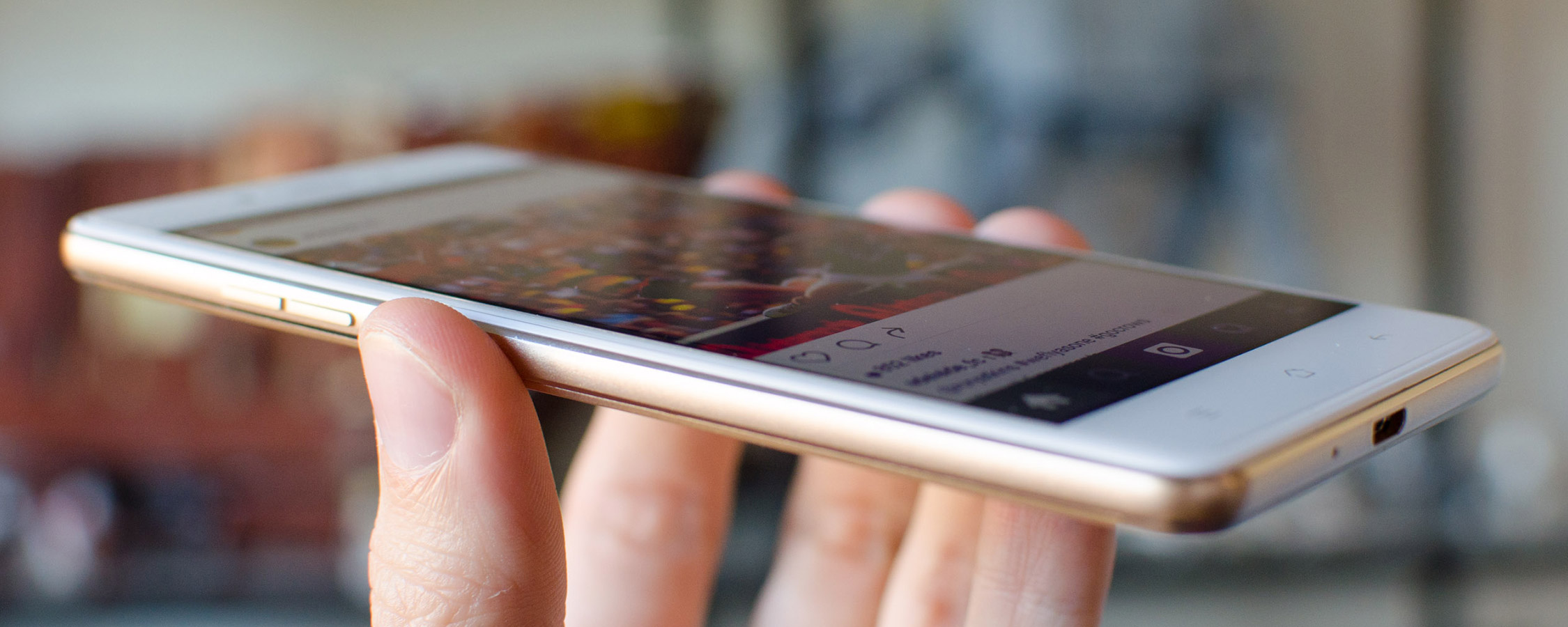Software
The weakest part to the Oppo F1 is the software package. The device comes loaded with the now-outdated Android 5.1.1 out of the box, which is disappointing considering Android 6.0 was released several months before this handset hit the market. The F1 also gets Oppo's ColorOS 2.1, which is a rather aggressive skin that changes many aspects of Android for the worse.
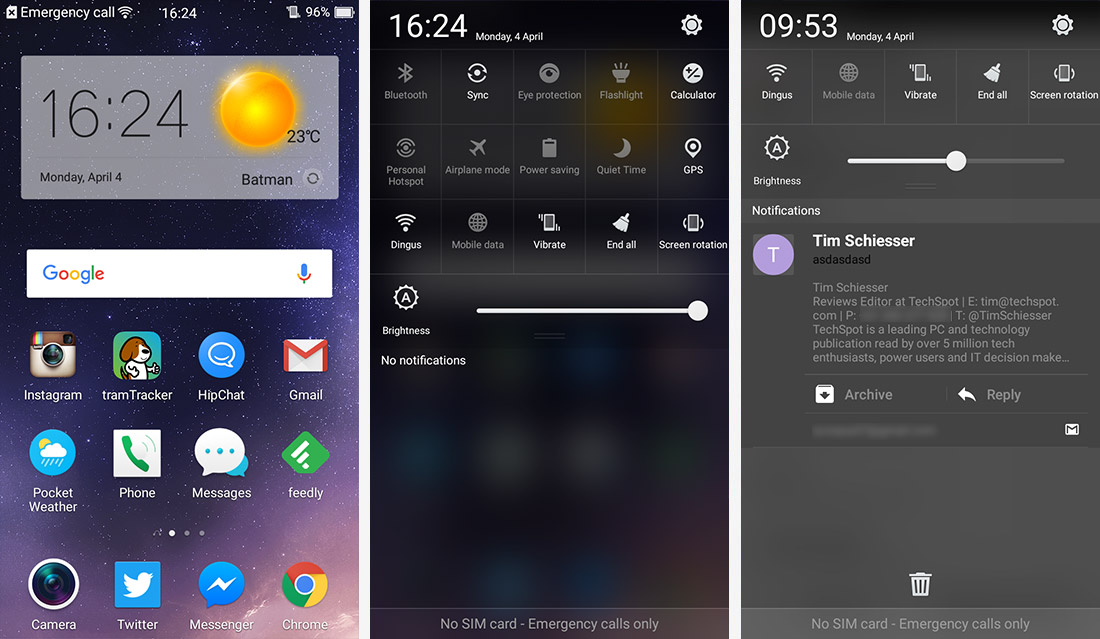
The ColorOS launcher is one that removes the app drawer entirely in favor of cluttering up your homescreens with every app you've downloaded. I'm not a fan of this design as I'd rather relegate my least used apps, along with any bloatware, to the app drawer, but at least you can create folders to dump numerous unnecessary apps that Oppo pre-loads on this handset.
The notification panel has been completely redesigned to include an expandable section of quick toggles for basically everything you could want to adjust on the fly. I don't mind this change, but the actual notification section is much harder to read due to weird contrast issues in some apps. Oppo has also decided to change the status bar to imitate iOS, which doesn't work well as notification icons quickly get cut off due to a lack of space (you can thank the completely unnecessary carrier text for that).
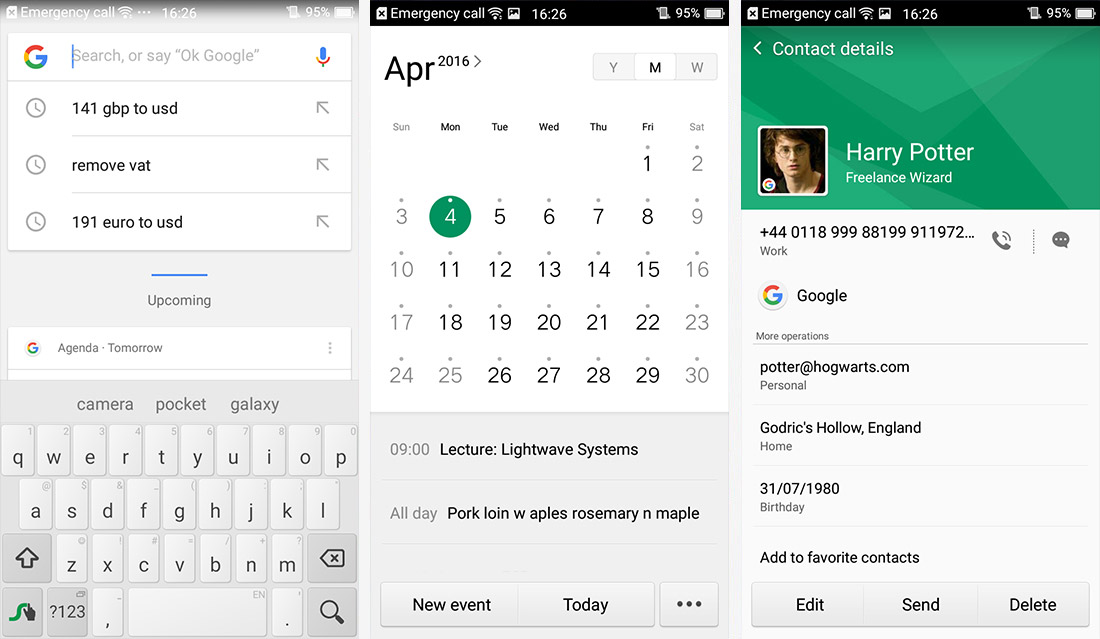
The visual style to ColorOS looks very dated and doesn't fit in well with the modern design cues of Google's Material Design. Oppo has also loaded the F1 with confusing duplicate apps. Trying to open a photo? Well you'll be prompted to choose between the Google Photos app and Oppo's own Photos app. It's a similar thing for the web browser and videos app, while the Email app is completely redundant now that Gmail supports other email accounts. Duplicate apps really hurt the user experience, and basically no OEM should bother developing their own alternatives as Google's apps always end up being better anyway.
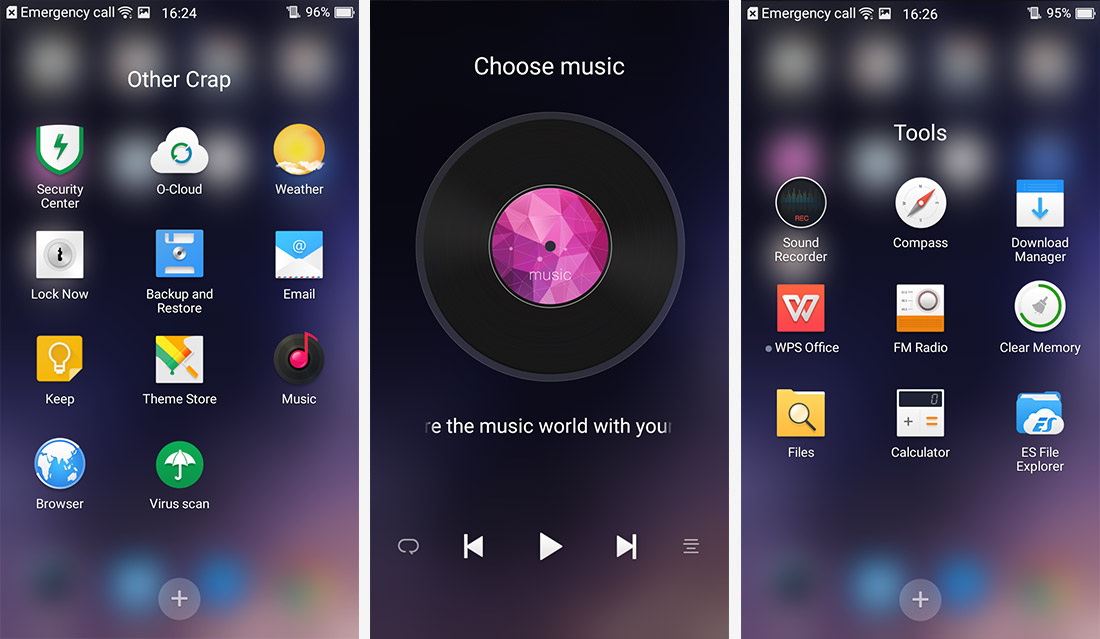
To the left of the homescreens Oppo has included what they call 'spaces'. This feature also appeared on the Oppo R5 that I reviewed last year, and like on that phone, I really never used them. In fact spaces are even more limited on the F1 as you can only choose one: a full page music widget that gives you quick and convenient music controls. Of course you could just use the quick music controls that typically appear in the notification panel, but the widget is there if you want it.
There really aren't any exciting new functions to be found in the settings menu. There's a collection of pretty typical extras, such as ultra battery savers, basic gesture functionality, and a "Dirac" sound manager. The one thing that could come in handy is the notification manager, which allows you to disable notifications for whatever apps you want. I used it to disable annoying and unwanted push notifications from games.
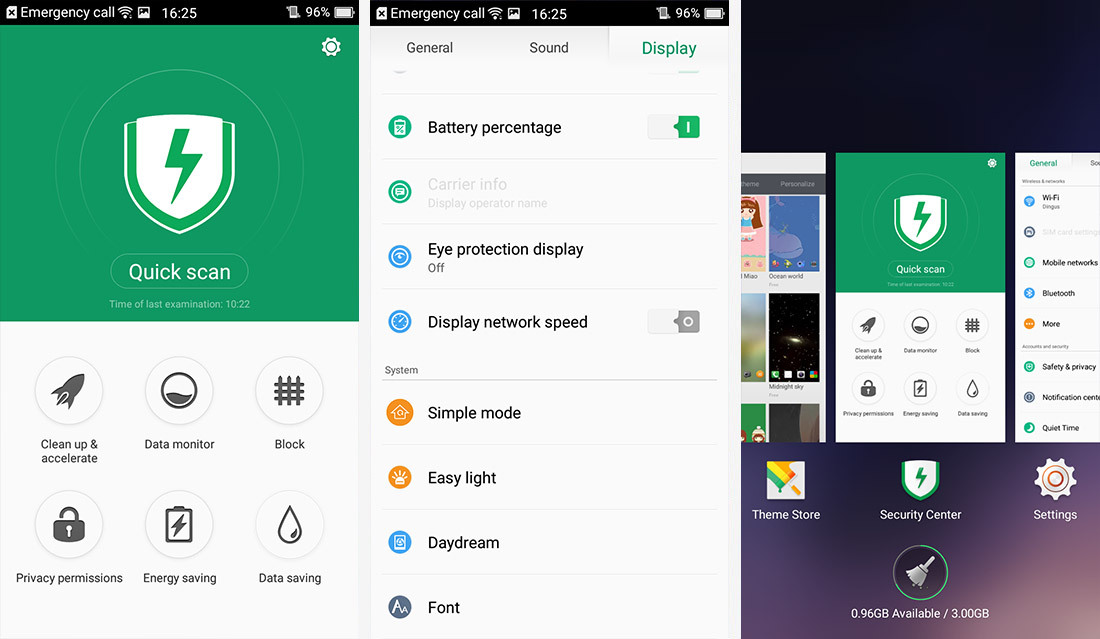
Of the ton of included apps, the vast majority I never needed to use. There are a few backup services and a few security services, which are pretty much unnecessary on this device. The Security Center app in particular seems to be just filled with placebo rubbish like something that "cleans up and accelerates" and another feature that tells me there is a security risk while giving me some random score. Theming functionality is also included for users that don't like the standard design. Unfortunately, there's no theme that replaces ColorOS with stock Android.
The fact that the Oppo F1 is pre-loaded with Android 5.1, and not Android 6.0, gives me no hope that Oppo will support this device through software updates. Android 'Marshmallow' was released six months ago, and in that time Oppo hasn't managed to get the OS running on this device. Forget Android security updates too, because it seems like you're not going to get them on the F1.
